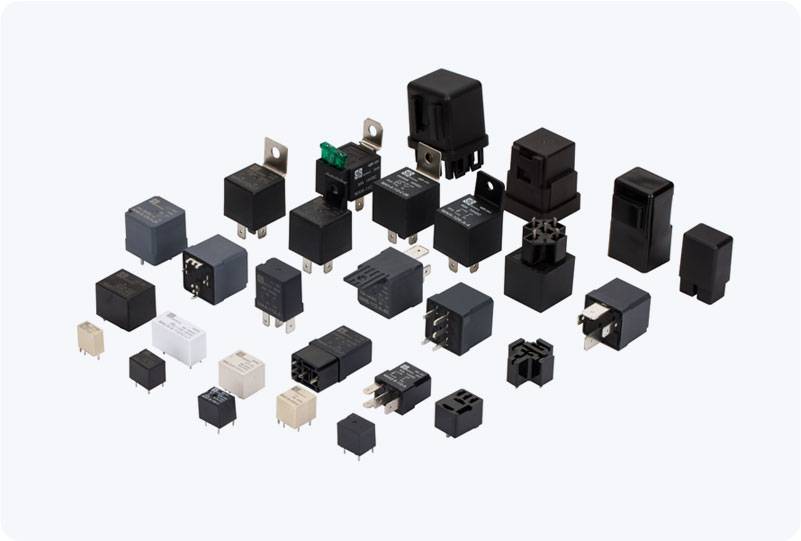In any electrical system, ensuring safety and reliability is of paramount importance. One of the critical components in achieving this goal is the Insulation Monitoring Relay (IMR). This device plays a pivotal role in safeguarding electrical installations by continuously monitoring the insulation integrity of the system. By detecting potential insulation failures before they result in catastrophic consequences, the IMR contributes significantly to the overall safety of both personnel and equipment. This article delves into the working principle, applications, and importance of insulation monitoring relays in modern electrical systems.

What is an Insulation Monitoring Relay? An Insulation Monitoring Relay is a device used to monitor the insulation resistance of electrical installations. It continuously checks the insulation between the live parts of the system and the earth. When the insulation resistance falls below a certain threshold, the IMR triggers an alarm or shuts down the system to prevent further damage. The relay ensures that any degradation in insulation is detected early, thus reducing the risk of electrical shock, equipment failure, or even fire hazards. How Does an Insulation Monitoring Relay Work? The IMR operates by measuring the insulation resistance of the system it is monitoring. Typically, it applies a small test voltage to the electrical installation and measures the resulting current. Using Ohm’s law, it calculates the insulation resistance. If the resistance drops below a pre-configured value, which is indicative of poor insulation or a fault, the relay triggers a warning signal or an automatic shutdown of the system.